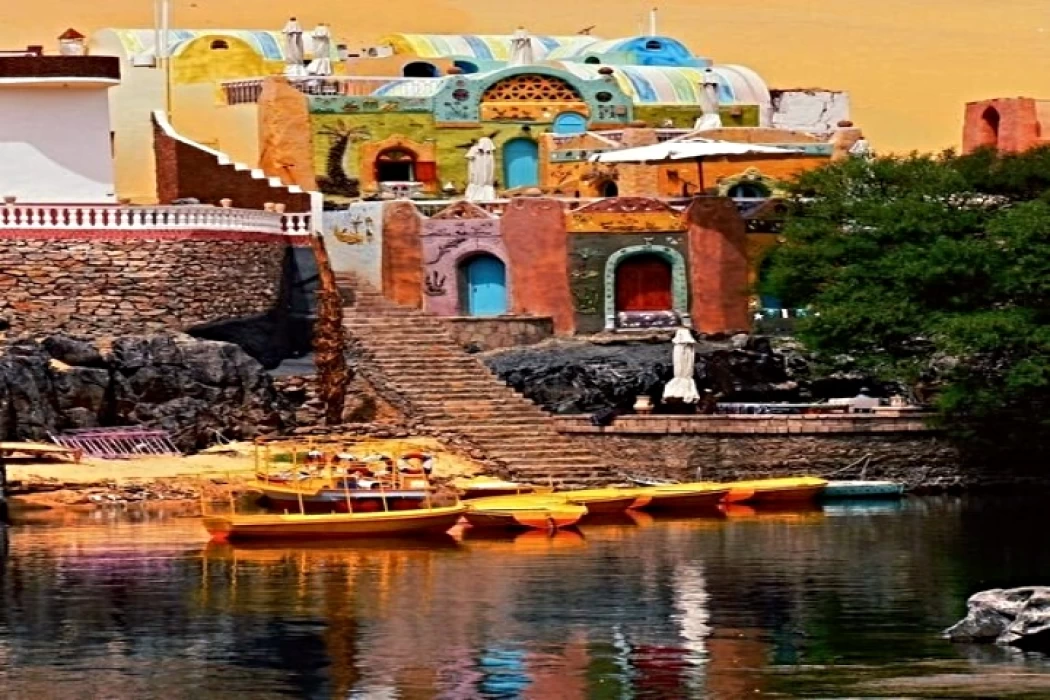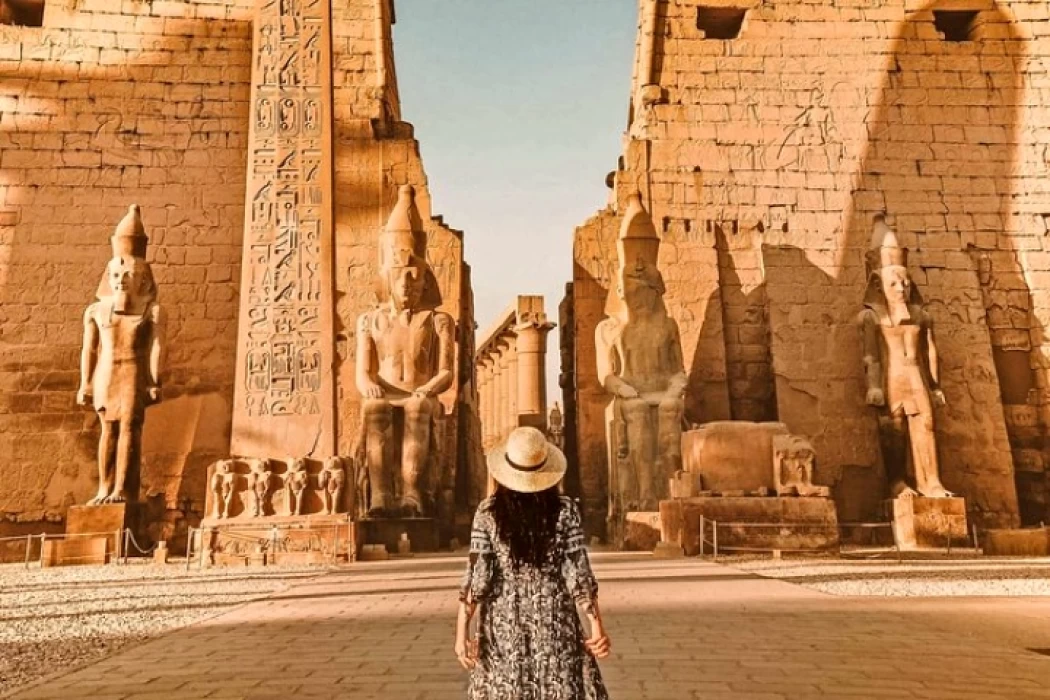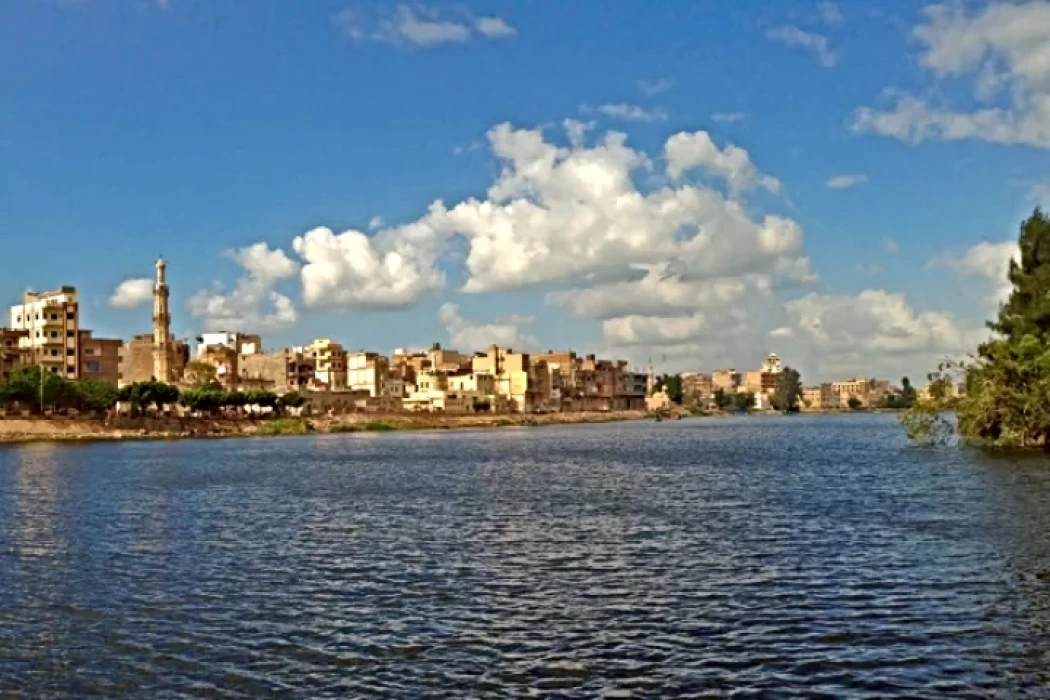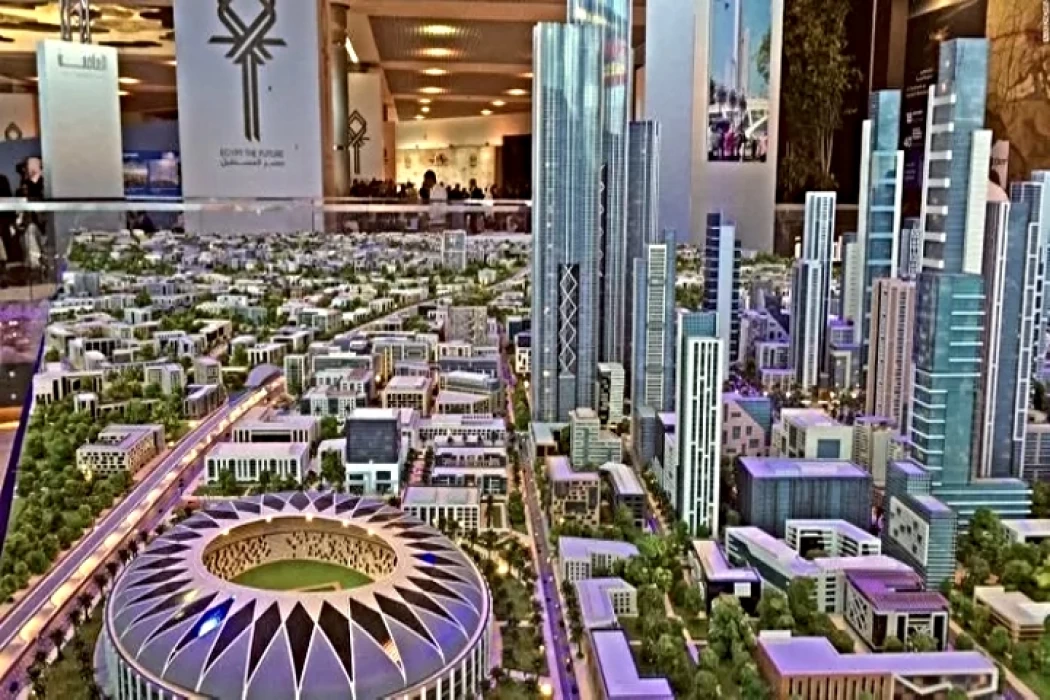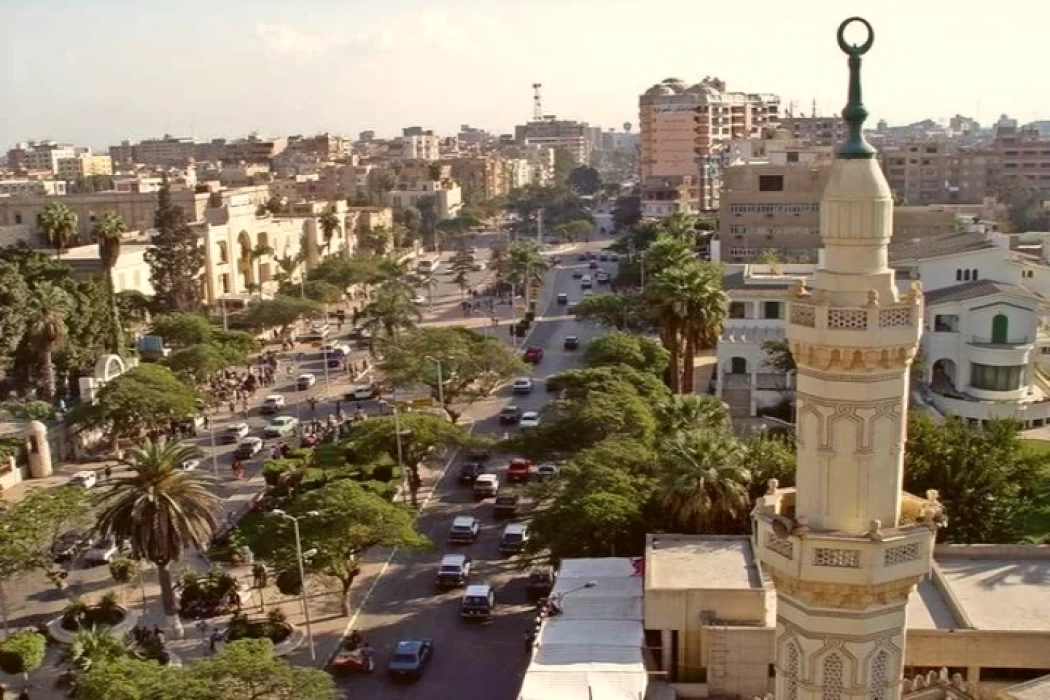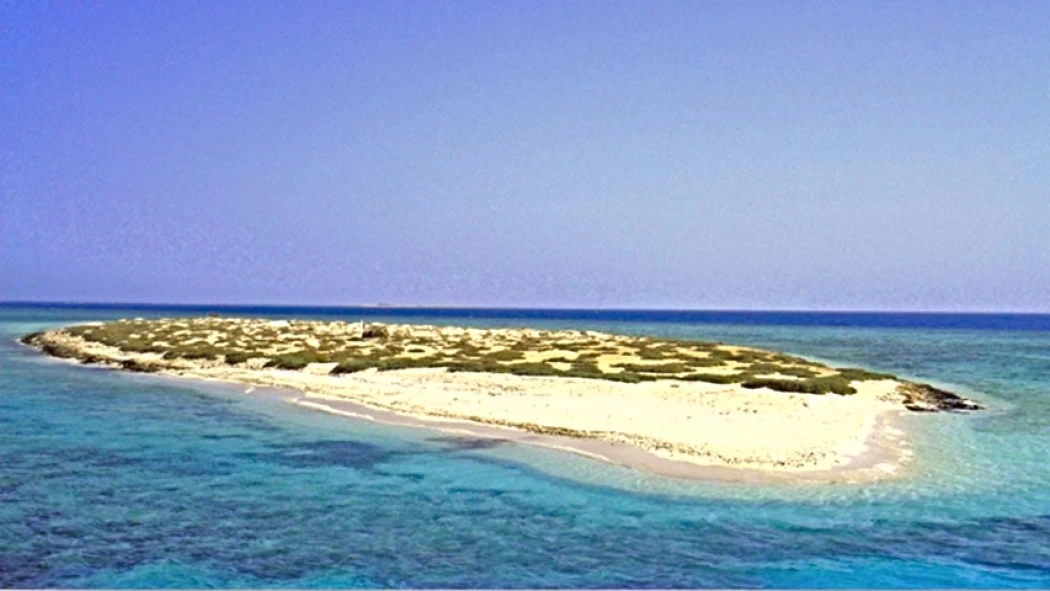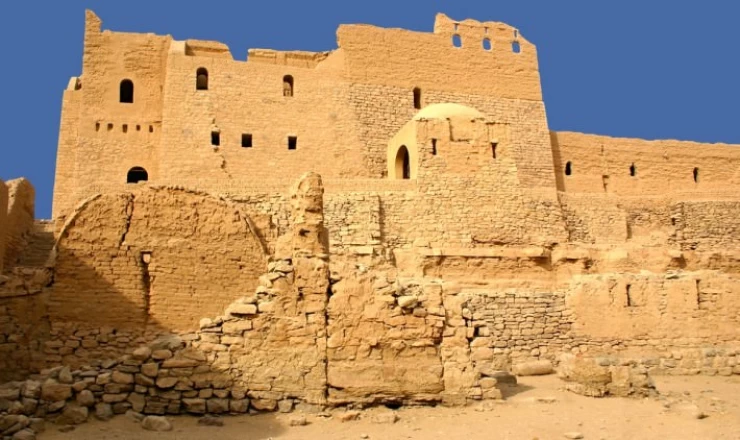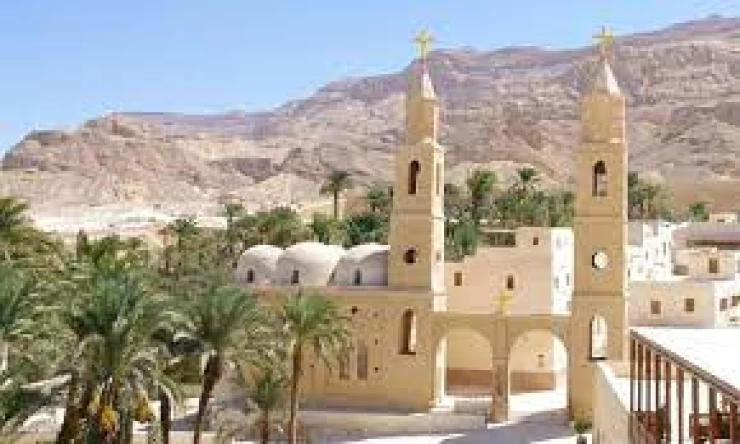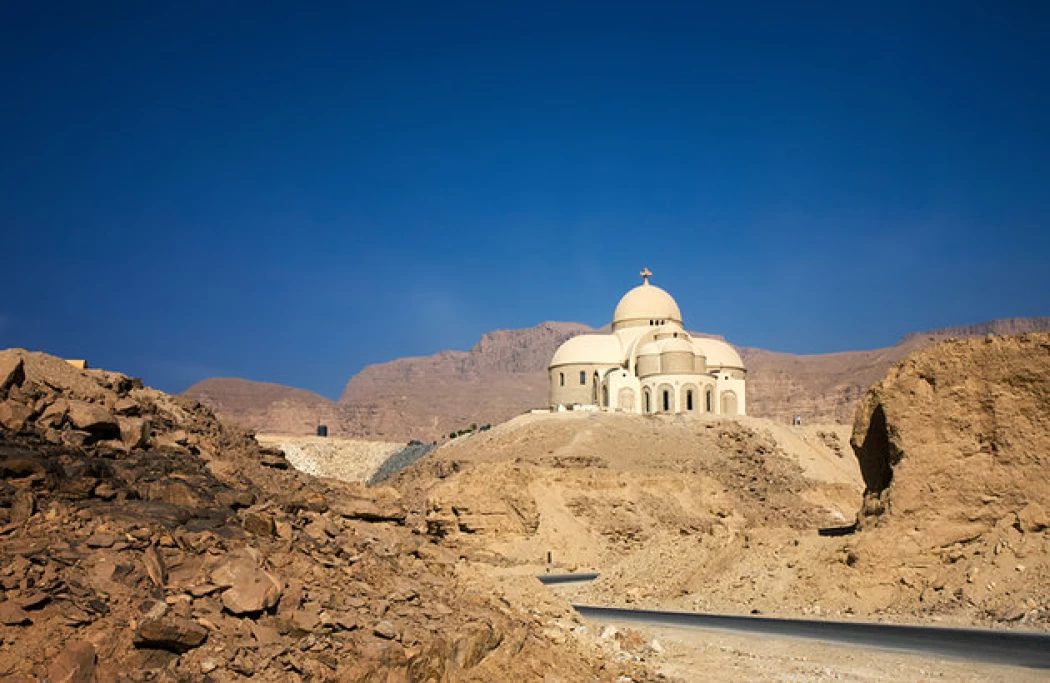
Saint Paul the Anchorite Monastery
Saint Paul the Anchorite Monastery
The eastern mountain range near the Red Sea is home to a Coptic Orthodox church called St Paul’s Anchorite Monastery situated in Egypt. This monastery Valentines day origami is approximately – in kilometers and miles – thousands located to the southeast of Cairo. The clip image of the tiger is popularly known as the Monastery of Tigers. St Paul’s Monastery is located in the town of Ras Ghareb which is part of the Red Sea Governorate of Egypt.
The beginnings of the Anchorite Monastery of Saint Paul date from the IV century A.D. It was founded by the early Christians over the cave where Paul lived for more than eighty years. The first travel account of the monastery was given by Antonius the Martyr, a native of Placentia, who visited the tomb of St. Paul of Assyria between 560 and 570 AD.
The first monks who occupied the monastery were disciples of Anthony the Great. After they knew the story of Paul the Anchorite, the Melkites occupied the place for a short time. However, the Egyptians and Syrian monks followed them back to this place. According to an isolated Ethiopian authority, the 70th Coptic Orthodox Pope, Gabriel II (1131-1145 AD) was exiled to St. Paul of Assyria Monastery for three years.
Like most monasteries in Egypt, this one suffered repeatedly at the hands of Bedouin tribes. The most devastating raid was in 1484 AD. The Bedouins killed many of the monastery's monks and put the library in the torch by then. Later, the monastery was rebuilt by Christians under Pope Gabriel VII of Alexandria (1526-69 AD). The Pope sent ten monks from the Syrian monastery to inhabit the Anchorite monastery of St. Paul.
During the second half of the 16th century, the monastery was again attacked and looted twice by Bedouins, forcing the monks to finally leave. The monastery remained abandoned for 119 years, only to be inhabited by a group of monks from St. Anthony's Monastery under the patronage of Pope John XVI of Alexandria (1676-1718 AD). He encouraged a large-scale reconstruction of the monastery in 1701 AD.
Latest Articles
Admin
Aswan Governerate in Egypt
One of Egypt's southern governorates is Aswan Governorate. The city of Aswan serves as its capital. At a latitude of 22 north of the equator (also known as the Tropic of Cancer), it is bounded to the north by the Qena Governorate, to the east by the Red Sea Governorate, to the west by the New Valley Governorate, and to the south by the Republic of Sudan.
Admin
Luxor Governorate Egypt
The capital of the Arab Republic of Egypt is Luxor City, which was once known as "Thebes City" because it served as Egypt's capital during the Pharaonic era. It is situated in the South Upper Egypt region, approximately 670 kilometers from the capital Cairo from the south. It is bordered on the north by Qena Governorate, on the south by Aswan Governorate, on the east by Red Sea Governorate, and on the west by New Valley Governorate.
Admin
History of kafr El Sheikh Governorate
Kafr El Sheikh Governorate is an Egyptian governorate, located in the northernmost part of Egypt in the Nile Delta, with Kafr El Sheikh as its capital. It had a population of 3,172,753 in 2015 and an area of 3,748 km². Its entire area is located north of the delta and overlooks the Mediterranean Sea. The main economic activity of the residents of the governorate is agriculture and fishing, especially the southern lands of the governorate and the lands overlooking the Nile River - Rosetta Branch.
Admin
Egypt's New Administrative Capital
The New Administrative Capital is located between the Cairo-Suez and Cairo-Ain Sokhna roads, 60 km from Cairo and the same distance from Ain Sokhna and Suez. The New Administrative Capital is located on the border of Badr City, in the area between the Cairo-Suez and Cairo-Ain Sokhna roads, just after New Cairo, Mostakbal City and Madinaty.
Admin
Al Gharbia Governorate
Gharbia Governorate is one of the governorates full of archaeological sites, whether they are places or facilities (mosques, churches), as the governorate is a destination for visitors to these places throughout the year, whether they are Egyptians from the different governorates.
Admin
Hamata Islands (Qulaan Archipelago) in Marsa Alam
The Hamata area, south of Marsa Alam in the Red Sea, is one of the most important parts of the Wadi El Gemal Reserve, whether in the desert or the sea. It was named after the sorrel plant, which was distorted to Hamata.
